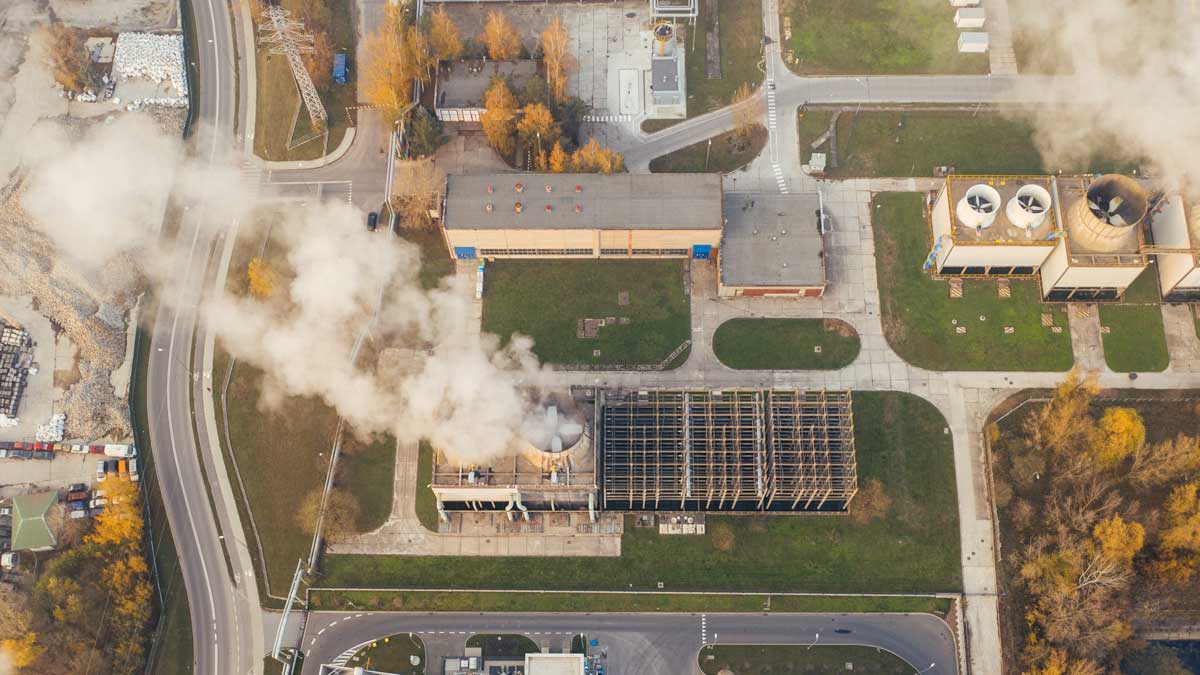The price of Australia’s carbon offset units took a dive in the last week as fresh concerns were raised around their environmental integrity, but a leading market analyst predicts positive long-term prospects for the market.
In a market update, analyst firm RepuTex says it observed a significant dip in the market price for Australian Carbon Credit Units (ACCUs), falling almost 15 per cent in the wake of ongoing integrity concerns.
It sees ACCU spot prices fall to around $30 per tonne, back to their pre-election levels, erasing gains observed following the election of the Albanese government.
The fall comes as former chair of the Emissions Reduction Assurance Committee, professor Andrew Macintosh, doubled down on claims of “irrefutable” flaws in the environmental integrity of offsets issued under the ‘Human Induced Revegetation’ methodology.
Macintosh has detailed serious integrity concerns about the methodology, which has been used to issue around 30 per cent of all Australian Carbon Credit Units issued by the Clean Energy Regulator, arguing that it has seen carbon offsets issued to offset projects without any basis in actual emissions abatement.
This has caused an effective split in the market for ACCUs, with offset units generated by projects seen to have greater environmental integrity able to secure a decent price ‘premium’.
“Credibility of emissions reductions is the cornerstone of any carbon market. We are already seeing voluntary buyers pay a $5-10 premium for high quality nature-based offsets as they look to avoid perceived quality risks with some projects”, RepuTex managing director Hugh Grossman said.
“Buyers ultimately need certainty that one credit equals one tonne of abatement.
“If we don’t set a high standard for crediting – whether it is offsets, or new credits created under the Safeguard Mechanism – it will jeopardise Australia’s 2030 target, given the risk that reductions in net-emissions could occur only in accounting terms.”
Despite the recent short-term market woes, Reputex predicts a rosy longer-term future as stronger federal climate change policies – including stronger caps under the Safeguard Mechanism – and an increase in voluntary commitments amongst the corporate sector drive demand for carbon offsets.
RepuTex predicts significant growth in demand for Australian carbon offset units over the next decade, growing from a level of around 17 million tonnes in 2021, to between 50 and 90 million tonnes by 2032, as companies turn to offsets in the short and medium-term as they grapple with longer-term cuts to emissions.
“We expect heavy industries to immediately rely on external carbon offsets before they begin to invest in larger, more transformative projects to reduce emissions,” Grossman said.
“These technologies include process improvements and equipment upgrades, through to coal to gas and vehicle fuel switching, and carbon capture and storage opportunities.
“This will depend on each facility’s access to CO2 transport infrastructure, high-voltage electricity transmission, hydrogen hub facilities, and plentiful renewable energy.
“As these opportunities become accessible, offsets will help to support the interim transition, and buy time until the price tag of industrial low-carbon technologies matures.”
The Albanese government proposes to overhaul the design of the Safeguard Mechanism, which imposes a cap on industrial emitters, as part of its efforts to meet its 43 per cent emissions reduction target.
The new government recently commissioned former chief scientist Ian Chubb to lead a review of the troubled offsets regime.
Under the Safeguard Mechanism, around 210 industrial facilities are required to keep emissions below a specified ‘baseline’, but allows facilities to offset any excess emissions through the purchase and surrender of ACCUs.
The Safeguard Mechanism was originally created by the former Abbott government, but under the Coalition the scheme imposed such soft emissions caps that facilities were often able to increase their greenhouse gas emissions without penalties.
Grossman said the new government’s proposal to significantly tighten these caps should boost demand for offset projects, as well as onsite reductions in emissions, in the long term, and it was an important time to ensure the regime delivers on environmental integrity.
“We are likely to see companies focus on low-cost process improvements and small equipment upgrades before they invest in capital intensive projects as prices rise, and policy certainty grows over the decade,” Grossman said.
“This should see strong demand for carbon offsets, subject to the timing and scale of industry investment.”
“Robust crediting baselines for industry will be a key watch, with the lessons from the Chubb review likely to shape market integrity under the new safeguard scheme,” Grossman added.
“The review therefore comes at a good time to check the foundations of our carbon market before efforts to reduce emissions kick into a higher gear.”








